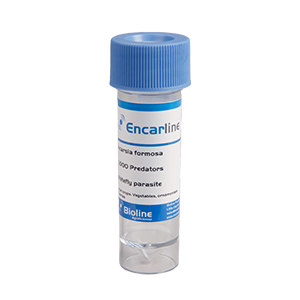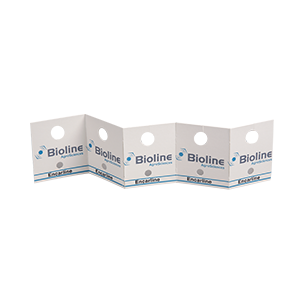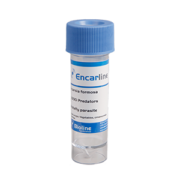Encarline biological control agent contains the hymenopterous parasitic wasp, Encarsia formosa. It attacks by host feeding on younger whitefly larval stages and parasitizing in the third and fourth larval stage of the greenhouse whitefly, Trialeurodes vaporariorum.
Key Features
- High emergence rates.
- Easy to detect in crop because the parasitised scales are black.
- Parasite pupae are fixed within a “well” on a card with the thickness of the card protecting them from physical damage in transit. This ensures top quality pupae from which the maximum number of parasites will emerge into the crop.
Main uses
- Greenhouse whitefly





